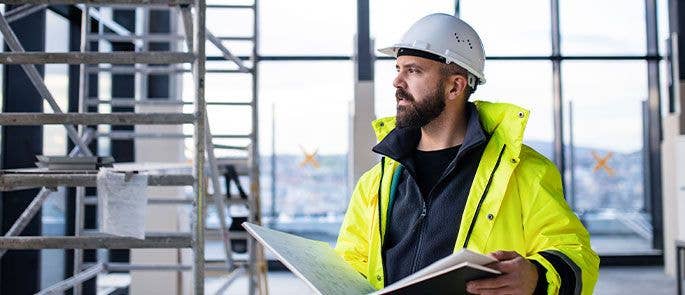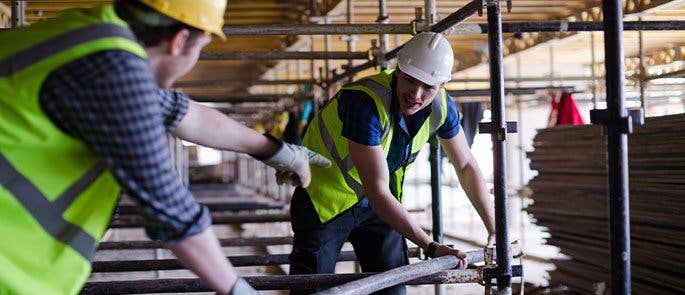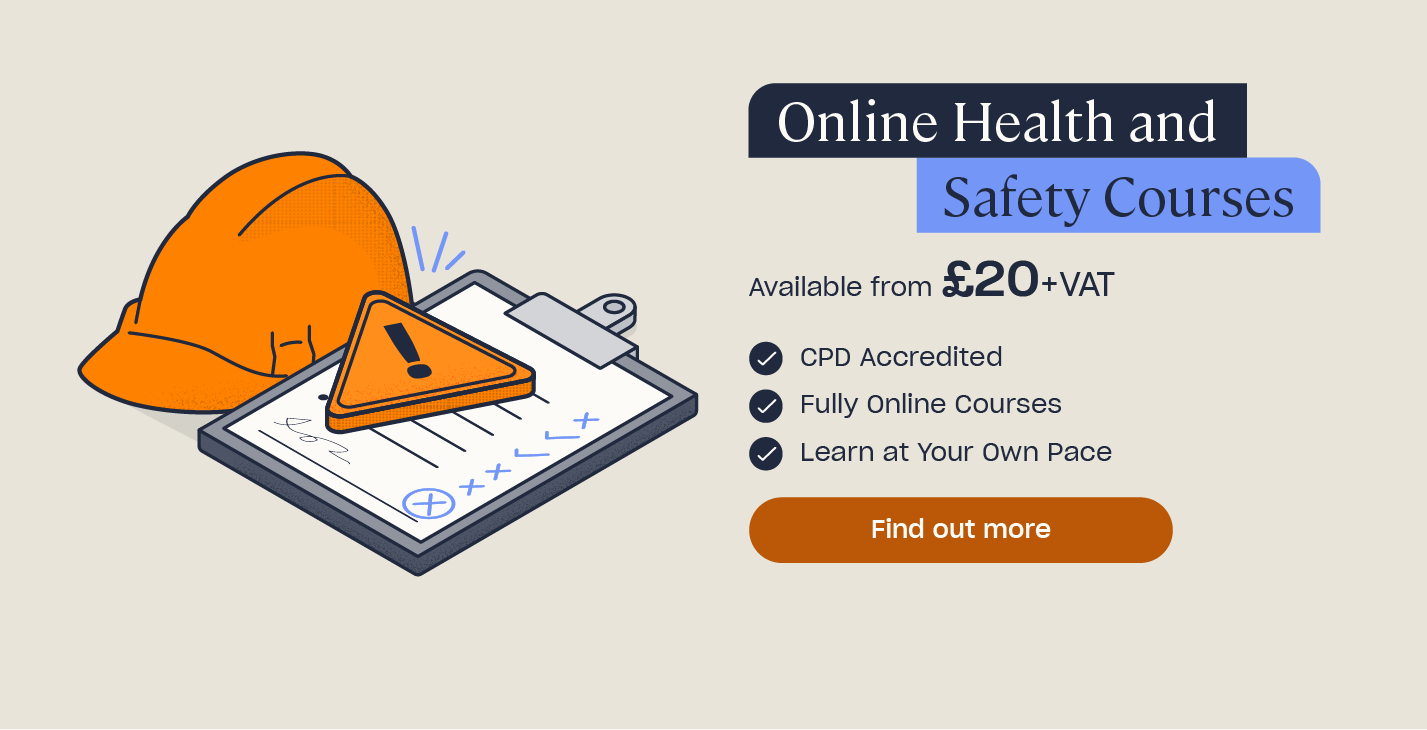What is Temporary Works?
Construction sites are complex environments that can present a range of risks. To manage these safely, temporary measures are often required. One of the most important safety considerations is the use of temporary works. In this article, we’ll outline what is meant by temporary works, provide you with some examples of temporary works and discuss the regulations to be aware of.
What is Temporary Works?
Temporary works are the temporary parts of a construction project that make it possible to build the permanent structure. They are specially designed systems that support or protect structures, machinery, equipment or the sides of excavations while work is taking place. Temporary works can also include things like platforms or walkways that provide safe access for workers during construction.

Put simply, temporary works are not part of the finished structure but are essential to completing it safely and efficiently. Once the permanent works can support themselves, temporary works are usually removed.
Why are Temporary Works Important in Construction?
Temporary works are critical to ensuring the safety, stability and success of construction projects, as they protect workers, equipment and the integrity of permanent structures during each stage of construction. Well-designed temporary works can also save time and resources by preventing delays and costly accidents.
Key reasons why temporary works are important in construction include:
- They prevent structural failure by supporting loads and stresses during construction.
- They provide safe access and working conditions for operatives.
- They reduce the risk of collapse, slips, trips and falls on site.
- They help maintain the stability of excavations, foundations and formwork.
- They ensure compliance with health and safety requirements.

Examples of Temporary Works
Temporary works take many different forms depending on the type and scale of the project. Each of the examples below is classed as temporary works because it is designed to perform a specific function during construction and is removed or dismantled once no longer needed.
Some common examples of temporary works include:
- Scaffolding – scaffolding provides access and working platforms for construction and maintenance tasks.
- Formwork and falsework – these support concrete while it is being poured and when curing to achieve the required shape and strength.
- Shoring – this supports the sides of excavations to prevent collapse and protect workers below ground.
- Cofferdams and caissons – these are used to create a dry working environment for underwater or below-ground construction.
- Temporary bridges and access roads – these allow movement of vehicles and materials across or around a construction site.
- Temporary barriers and hoardings – these protect the public and separate construction areas from pedestrian routes.
- Temporary roofs or weather protection – these shield structures and workers from adverse weather conditions.
Want to Learn More?
Our range of online Health and Safety Courses, including Working at Height and Risk Assessment, are designed to teach health and safety requirements, practices and regulations to anyone involved with both permanent and temporary works.
Temporary Works Regulations
In the UK, temporary works are governed by several pieces of legislation and guidance to ensure they are always properly designed, installed and maintained. Following these regulations helps ensure that temporary works are properly controlled, reducing the likelihood of accidents and structural failures.

Key temporary works regulations include:
- The Management of Health at Safety at Work Regulations 1999 mandates that all temporary works must be designed, checked and implemented by a competent person.
- Structures such as scaffolding, excavations, cofferdams and caissons must be inspected by a competent person before use, after any event that could affect stability and at regular intervals during use.
- The Construction (Design and Management) Regulations 2015 (CDM Regulations) place duties on clients, designers and contractors to manage risks associated with temporary works.
- The Health and Safety at Work etc. Act 1974 requires employers to implement a health and safety policy that ensures the health, safety and welfare of all employees and others affected by their work.
- The Health and Safety Executive (HSE) provides regularly updated guidance and practical advice on managing temporary works safely and ensuring you comply with the law.
Temporary works are an essential part of construction and provide the support, stability and safety needed to complete projects successfully. These temporary structures play a vital role in protecting workers from harm and ensuring the integrity of permanent works. Understanding and following the relevant regulations related to temporary works helps to create safer construction environments and reduces risks for everyone involved.
Further Resources:
- Health and Safety Courses
- Residual Risk in Health and Safety
- What is Scaffolding Safety for Working at Height?











